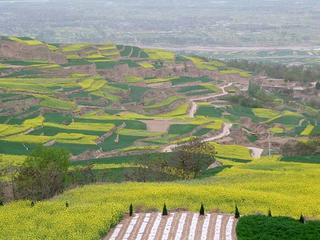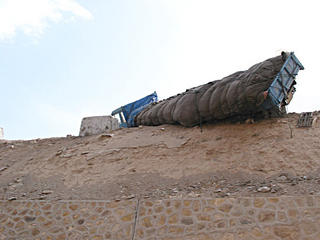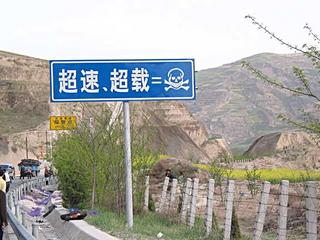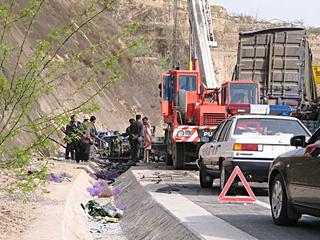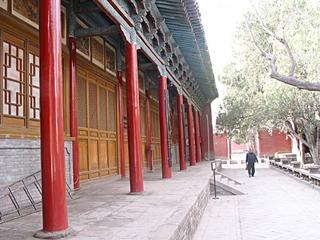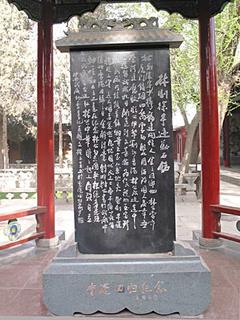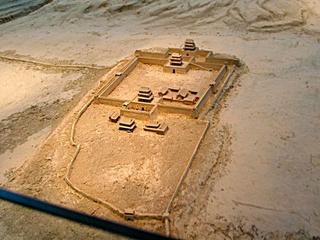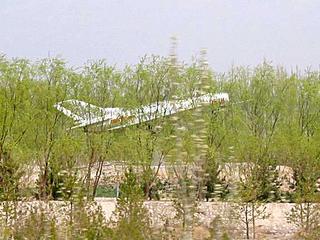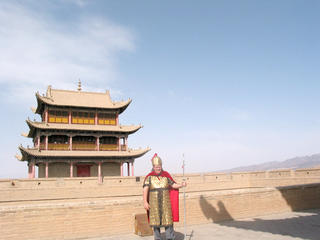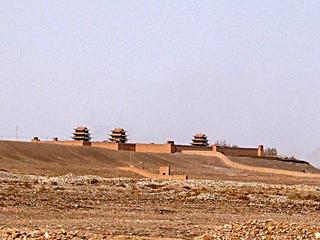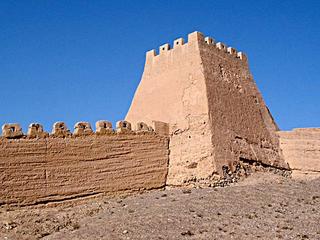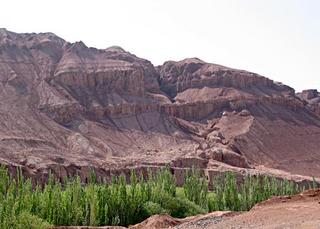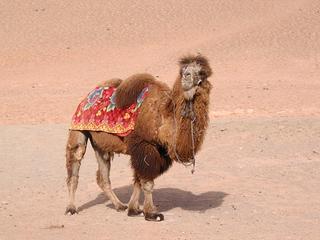Silk Road Adventure: Day 21 Tianshui to Xian
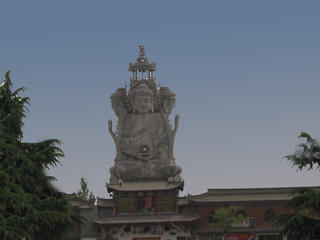 We stopped at the Famen temple to see the famous Buddha relics found there. It was very commercialized but interesting.
We stopped at the Famen temple to see the famous Buddha relics found there. It was very commercialized but interesting. 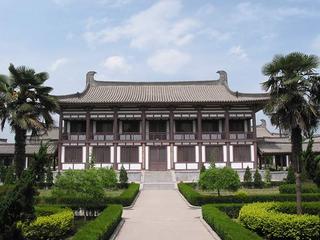 Of particular interest to me were the Tang Dynasy-style buildings built to support the growing tourist trade.
Of particular interest to me were the Tang Dynasy-style buildings built to support the growing tourist trade.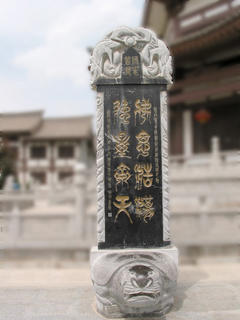
The Famen Temple is located about 80 miles or so from Xi'an. It has always been a famous temple among Buddhists in China. It was built to house the bones of the fingers of Sakyamuni, the founder of Buddhism in China.The Famen Temple complex was constructed in the Eastern Han Dynasty because of the "the Real Spirit Pagoda", a stupa which housed a finger bone of Sakyamuni.
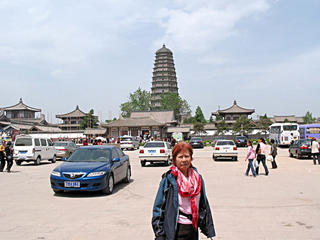
The Famen Temple was originally called the Asoka Stupa. During the years of Zhenguan in the Tang Dynasty it was reconstructed into a wooden four-storey structure. The wooden stupa was destroyed in 1569 by an earthquake.. In 1579, Buddhists in Fufeng County collected alms and donations to rebuild the stupa into the current beautiful brick octagon of 13 storeys, 47 meters in height. It took 30 years to complete the whole project. Because of the massive weight of the stupa and relatively small underground palace, the stupa began to tilt toward the southwest over the next 55 years. In 1976, another earthquake in Sichuan , caused the stupa to tilt even more. In 1981, the western side of this tilted stupa fell off due to constant exposure to the rainy season. Most of the stupa collapsed shortly thereafter. Only part of the body remained on an incomplete platform of broken bricks.

In 1985, the Shaanxi Provincial Government rebuilt the stupa imitating the brick one from the Ming Dynasty. While clearing the stupa foundation, the underground palace was discovered. For more than 1,000 years, the palace had housed the remains of the finger bones of Sakyamuni and other valuable relics that enshrined these precious bones.
According to tablet inscriptions in this underground palace, the finger bones had always been kept inside the Famen Stupa.
The underground palace at Famen Temple is 21.2 meters long, and covers an area of 31.84 square meters. It is the largest underground palace discovered so far in China. The four finger bones discovered there are unusual to say the least. The first one was kept in an eight-layered chest in the back room. The finer bone, 40.3 millimeters long and hollow on both sides, hung vertically on a silver column on a gold stupa base. The second , which is like the first, was kept in a double-eaved marble coffin in the center room of the palace. The third one was kept in a five-layered marble chest, which was retained in a secret niche in the back room. This finger bone is tube-like, 37millimeters long and is white and yellow in color. The fourth one was kept in a color-painted King Asoka stupa in the front room. Its color and shape are very much like those of the first and second finger bones. According to authorities, the third finger bone is the only real one. The other three were "shadow bones" or imitations which the Tang emperor had made in order to protect the real one.

The Buddhist relics discovered at the Famen Temple are the only real finger bones that have been discovered and maintained in the world. There are many other relics that were unearthed with the underground palace. We saw them and they are stunning! We were not allowed to take pictures but I noticed that several Chinese tourists were taking pictures with their cell phones and no one seemed to care.

Besides the fingers, they also found 121 gold and silver articles,17 glass articles,16 pieces of olive green porcelain, more than 700 pieces of silk fabrics,104 Buddhist figurines, hundreds of volumes of Buddhist scripture and many stone carvings and steles. It was a major find and adds to the popularity of Famen Si as a tourist destination.




